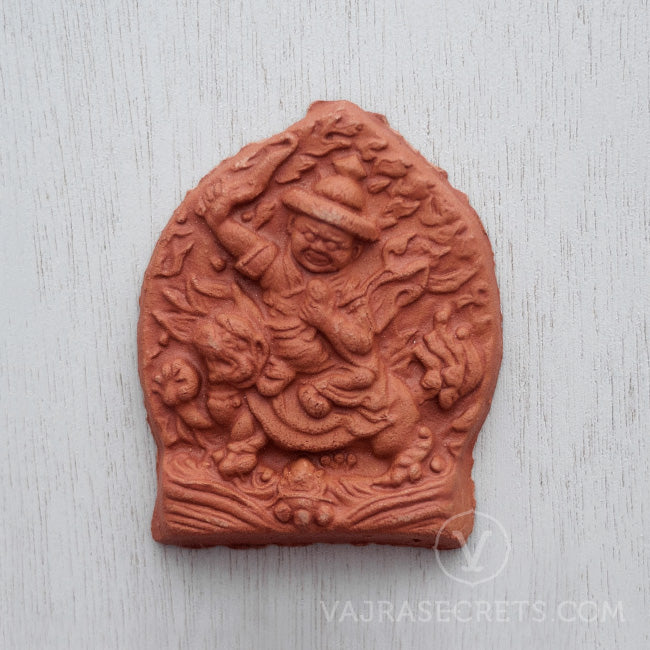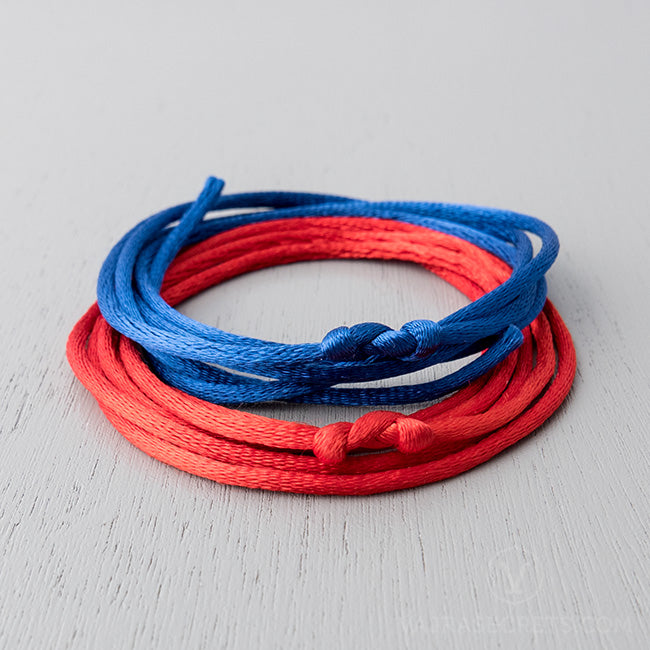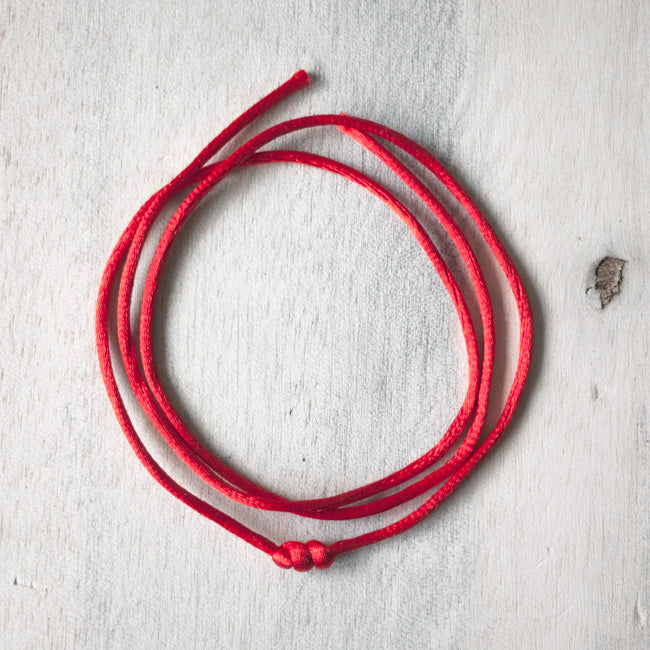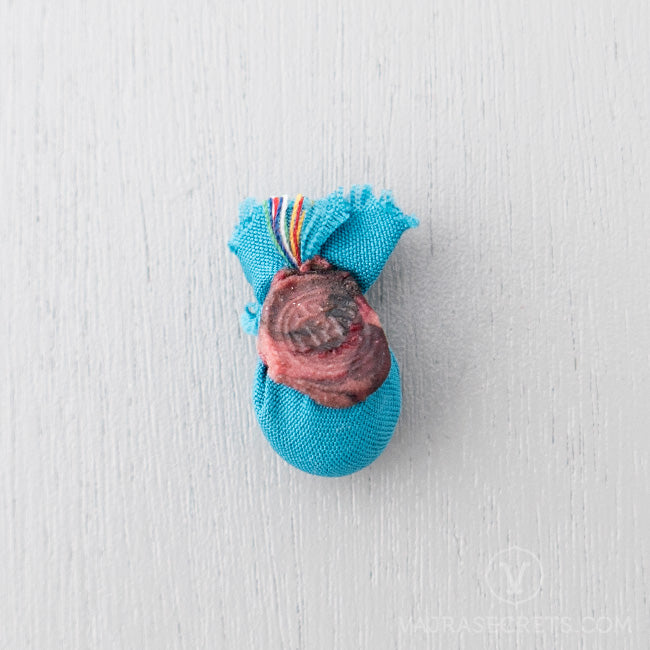About High Lama Rilbus
The precious rilbus of attained masters are highly sought after for their rarity and potency. Carrying the blessings of the lineage lamas, they contain the relics, hair, robes, possessions of the Lama, or resources of the holy places associated with the Lama, and are made according to scriptural tradition.
About Sakya Trizin
The Sakya Trizins are the traditional heads of the Sakya Tradition of Tibetan Buddhism. Their position is unique, as they are all considered to be emanations of Manjushri and their positions are hereditary. This differs from the heads of other lineages, who are either recognised reincarnations of the previous lineage head or elected officials.
The origins of the Sakya teaching traces back to the Indian Mahasiddha Virupa of the 9th Century. He has several other names, including Birwapa, and is considered one of the greatest of the 84 Mahasiddhas in terms of miraculous attainments. His main teachings are called Lamdre, which literally means the ‘Path and the Fruit’ teachings. Lamdre forms the backbone of the teachings within the Sakya tradition.
These teachings were brought to Tibet by the Indian scholar Gayadhara (994-1043 CE) and were translated by his Tibetan disciple and translator, Drogmi Lotsawa Shakya Yeshe (992 – 1072 CE). Drogmi Lotsawa in turn transmitted these precious teachings to his main disciple Khon Konchok Gyalpo (1034-1102 CE).
In 1073 CE, Khon Konchok Gyalpo founded Sakya Monastery in the Tsang region of central Tibet. It was named Sakya, which meant ‘grey earth’ due to the colour of the surrounding soil. The Sakya lineage was born is closely linked to the Khon family lineage, who are believed to be emanations of Manjushri.
The tradition was proliferated by five great early Sakya masters – Sachen Kunga Nyingpo (1092-1158 CE), his two sons Sonam Tsemo (1142-1182 CE) and Jetsun Drakpa Gyaltsen (1147-1216 CE), his grandson Sakya Pandita (1182-1251 CE) and the Sakya Pandita’s nephew Chogyal Pakpa (1235-1280 CE).
The Sakya lamas became so famous that the Mongol emperors of China became their patrons. In 1253 CE, the Mongol emperor of China, Kublai Khan conferred the dominion of Tibet upon his lama, Chogyal Pakpa. The Sakya rule of Tibet during this period lasted for a century.
In the 14th century, Tishri Kunga Lodro Gyaltsen (1299-1327 CE) who was the eldest grandson of Sakya Pandita’s brother established four dynastic houses, of which only Ducho Ladrang has survived to this day. In the 18th century, Ducho Ladrang was split between two ‘palaces’, Drolma Podrang and Phunstok Podrang. Pema Dudul Wangchuk established Drolma Podrang and Phuntsok Podrang was established by his youngest son, Kunga Rinchen.
Ever since then, the leadership in the Khon Family and the throne holders of the Sakya School alternate between the Drolma and Phuntsok Podrang. The throne holders of the Sakya School are known by the title ‘Sakya Trizin’.
















